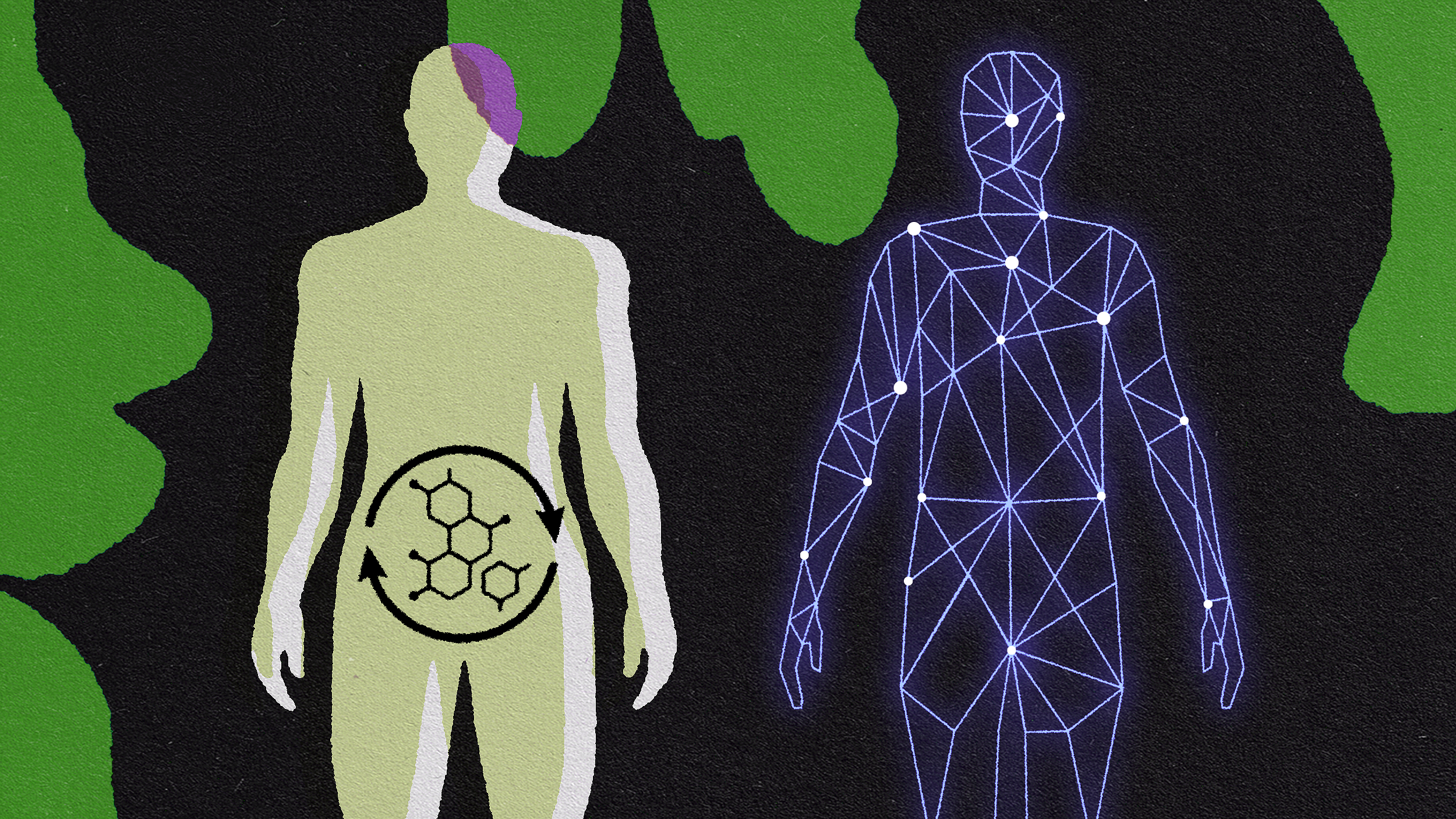- A massive new study confirms that five servings of fruit and veggies a day can lower the risk of death.
- The maximum benefit is found at two servings of fruit and three of veggies—anything more offers no extra benefit according to the researchers.
- Not all fruits and veggies are equal. Leafy greens are better for you than starchy corn and potatoes.
While few people would contest that fruit and vegetables are good for you, there can be some confusion over how many servings of them you’re supposed to eat in a given day. The USDA advises people to eat anywhere from five to nine a day, with international standards similarly converging around five or six, though some go much higher.
Luckily, a new study that reviewed the health and diets of 100,000 people and combined it with meta-studies of the available data puts the debate over how many servings a day you should get to rest.
The researchers followed 66,719 women from the Nurses’ Health Study and 42,016 men from the Health Professionals Follow-up Study to see how their diet affected their long-term health and mortality rates. Over the three decades of follow-ups, a clear, non-linear relationship developed between how many servings of fruit and vegetables people consumed per day and their risk of death.
That overall risk reached its lowest point at five servings a day—two of fruit and three of vegetables—with further increases having no additional benefit. What type of vegetable was consumed mattered as well, with starchy veggies like corn and potatoes having fewer benefits than other types. Fruit juices were also less helpful than just eating the fruit. On the other hand, leafy greens, carrots, citrus fruits, and berries all demonstrated health benefits.
The net benefits of this compared to only getting two servings a day (roughly what the typical American is eating) are notable. It averages to about a 13 percent lower risk of death from all causes, a 12 percent lower risk of death from cardiovascular disease, a 10 percent lower risk of death from cancer, and a 35 percent lower risk of death from respiratory disease.
To confirm the findings, the researchers conducted a meta-analysis of 26 other studies involving two million people. The results were similar, with the greatest reduction in mortality occurring at the five-a-day mark, though one study found that eating 10 servings a day offered some improvement on that.
For those who are unsure, a serving of fruit is one medium-sized fruit (like an apple), half a cup of something canned, or a fourth of a cup of something dried. When it comes to vegetables, a cup of leafy greens is a serving, as is half a cup of anything else which is fresh, canned, or frozen.
The study is not without issues. The dietary data is self-reported and could be inaccurate. Participants could also choose to eat better as their health declines, reducing the observed benefits. Above all, the study was observational, and causation cannot be proven. Despite these limitations, the study provides a great deal of support for the idea that eating more fruit and veggies is good for you.
Now to just settle the problem of getting them into your meals.






